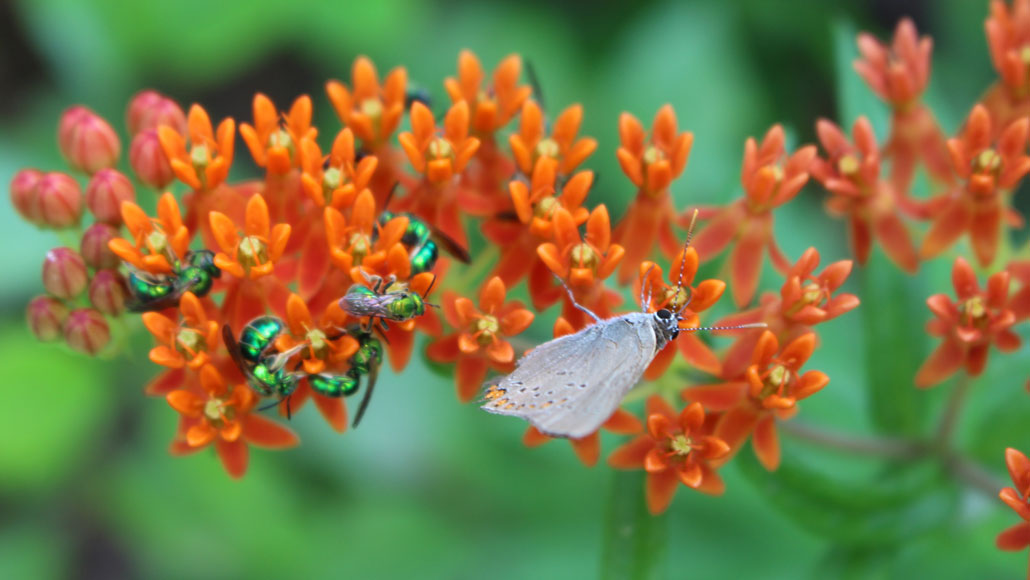
A massive ecological experiment suggests that connecting fragmented habitats with natural corridors can boost plant diversity, including butterfly milkweed (Asclepias tuberosa), a plant associated with longleaf pine savanna.
E. Damschen

A massive ecological experiment suggests that connecting fragmented habitats with natural corridors can boost plant diversity, including butterfly milkweed (Asclepias tuberosa), a plant associated with longleaf pine savanna.
E. Damschen